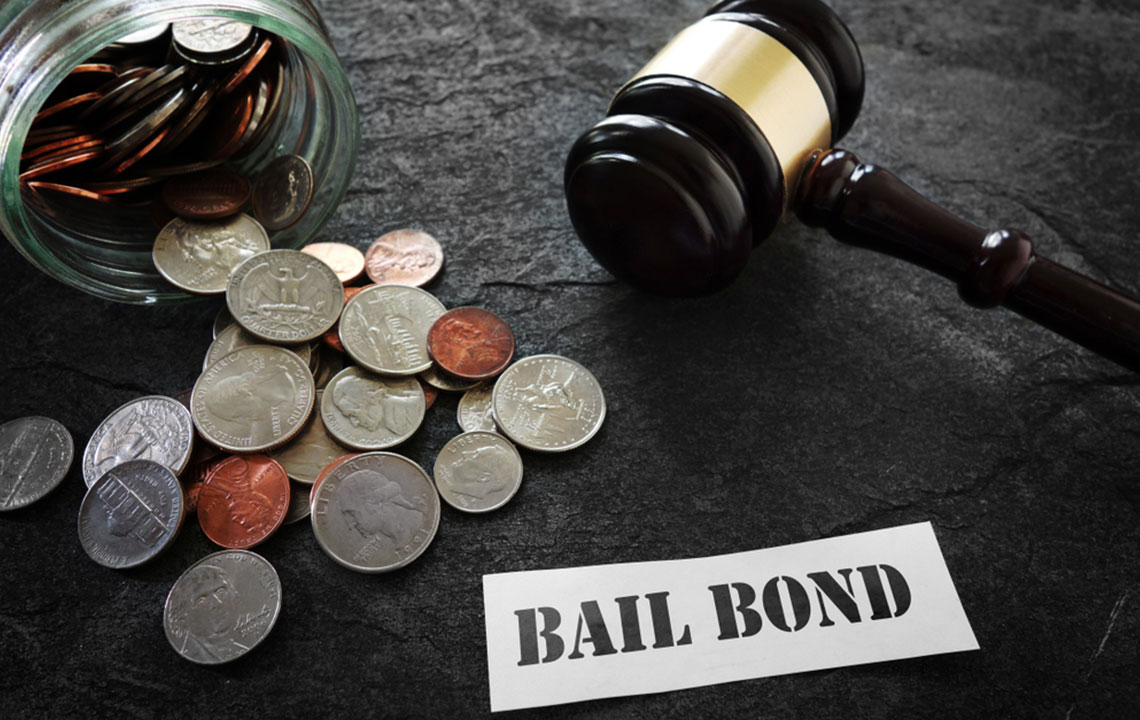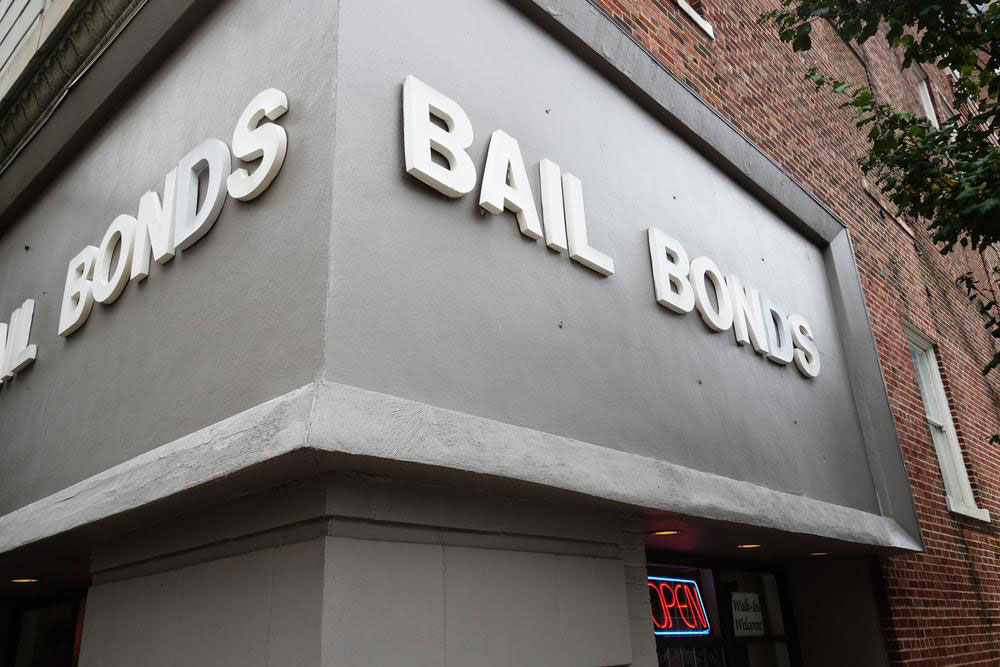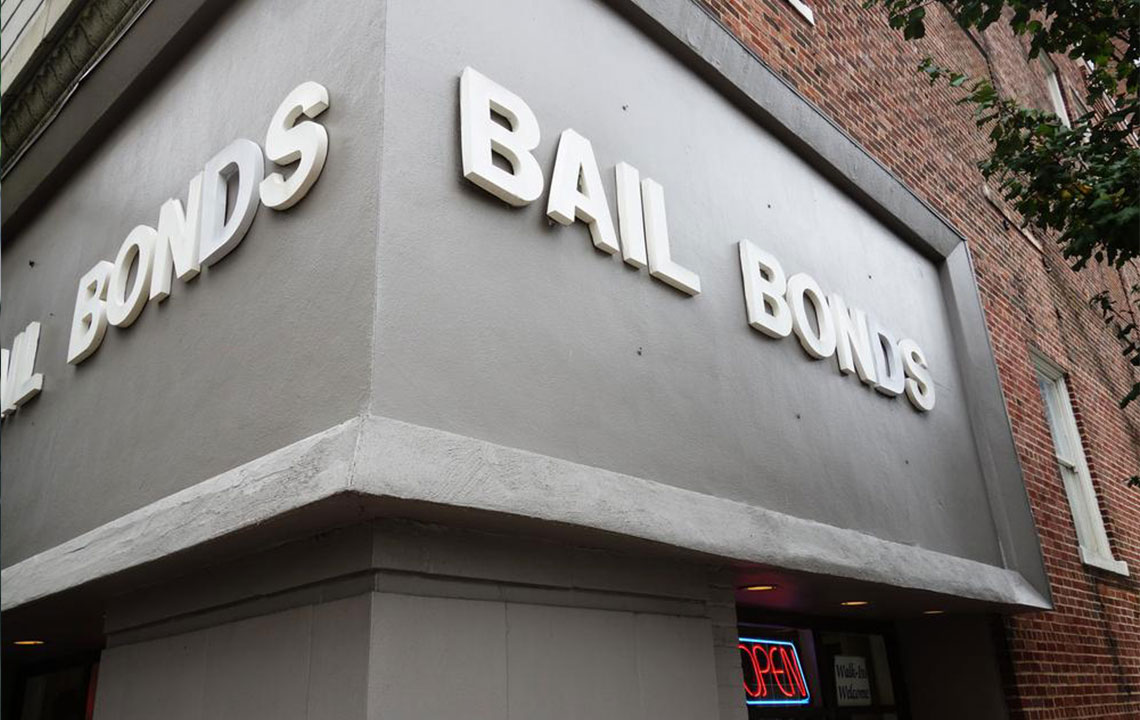Understanding the Main Types of Bail Bonds
This article explores the three main types of bail bonds: cash bonds, property bonds, and federal bail bonds. It explains how each bond works, their requirements, and the typical timeframes involved in securing a person's release from custody. Understanding these options can help individuals navigate the bail process more effectively and choose the appropriate bond for their situation.
Sponsored

Securing early release from jail can be complicated, but bail bonds facilitate this process efficiently. Various bonds are available to guarantee one’s temporary freedom. The key types everyone should know include:
Cash Bond
Cash bonds involve paying the full bail amount in cash. Often, only cash is accepted, though sometimes cashier’s checks or credit cards are permitted.
Many individuals may not have large sums of cash readily available. In such cases, consulting a bail bondsman can be beneficial.
Property Bond
Property bonds, used less frequently and not accepted in all states, involve real estate or other properties as collateral. These are predominantly applicable in states like California and are useful when cash isn’t available. However, the process takes longer, often a few weeks, due to property assessments and court approval.
Federal Bail Bond
For federal crimes, a federal bail bond is necessary for release. Both cash and property can be used, and unlike other bonds, they don’t require a bail bondsman. Federal bonds are managed directly by the court, ensuring compliance with federal legal standards.





